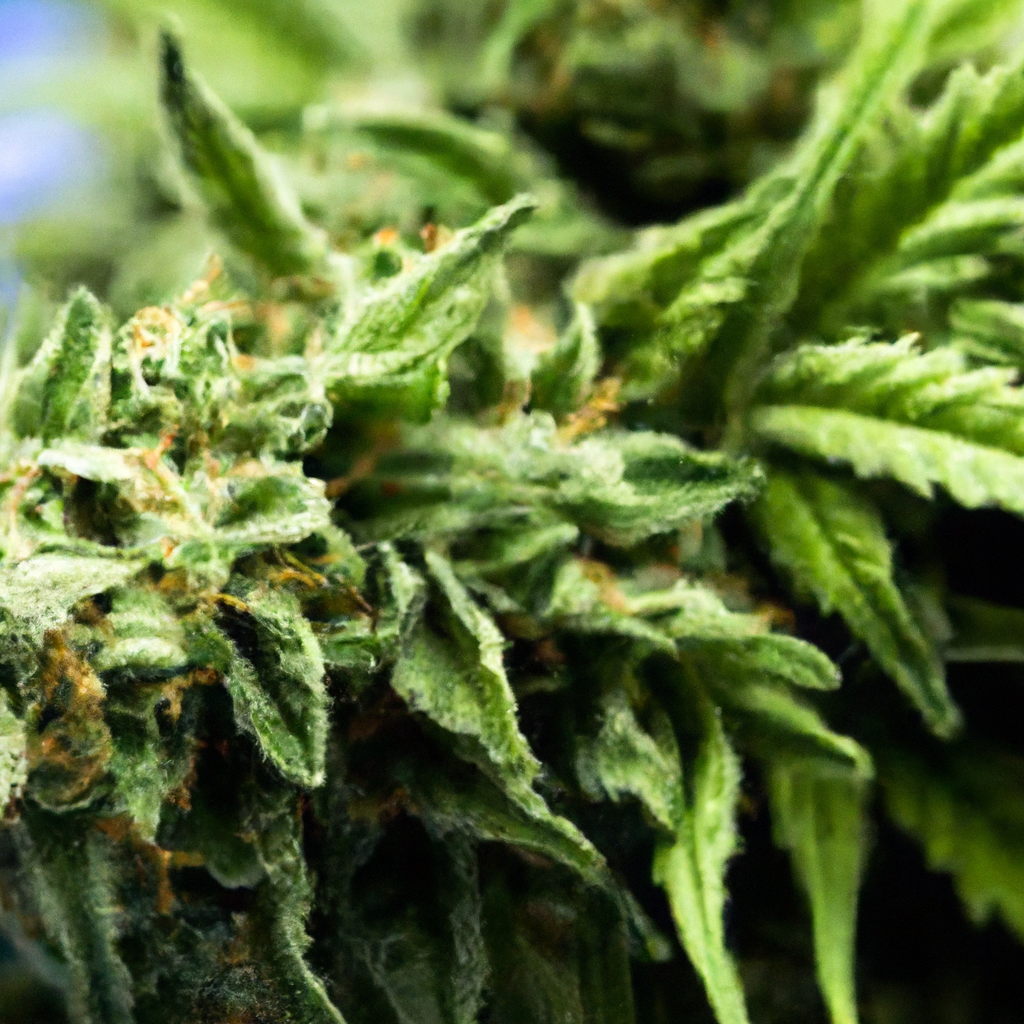By John “Magic” Greenleaf
Introduction
High in the rugged terrains of Colorado, the thin air and increased UV exposure create an ideal crucible for crafting cannabis that is as robust as the mountains themselves. While much attention is paid to cannabinoid potency, another element—often overlooked—is profoundly influenced by altitude: terpenes. Today, I’ll dive into how high-altitude environments shape terpene profiles and offer insights on optimizing your cultivation efforts to enhance these aromatic compounds.
Understanding Terpenes and Their Importance
Terpenes are the aromatic oils secreted by cannabis that provide unique flavors and scents, ranging from earthy and musky to sweet and fruity. But their role extends beyond smell—they can influence the effects of cannabis by interacting with cannabinoids to modulate the overall experience. Growing at high altitudes can significantly alter these compounds, presenting new opportunities and challenges for cultivators.
The High-Altitude Effect on Terpenes
Growing cannabis in the elevated regions of Colorado exposes plants to environmental stressors that naturally enhance terpene production. Here’s how:
- Increased UV Exposure: Higher altitudes mean stronger ultraviolet rays, which can enhance the production of certain terpenes as a defense mechanism.
- Temperature Fluctuations: The daily swing from warm days to cooler nights can help accentuate citrus and pine notes, common in strains like “Sunset Storm” and “Mile High Mystique.”
- Low Humidity: This can intensify the concentration of aromatic compounds, making for a richer terpene profile.
Optimizing Terpene Profiles at Altitude
Harnessing altitude factors takes careful planning and execution. Here are some tips to help you maximize terpene production in high-altitude environments:
- Select Altitude-Appropriate Strains: Choose genetics known for terpene richness, such as my very own “Magic Kush”.
- Careful Environmental Control: Maintain stable temperatures and humidity levels in indoor grows to mitigate any negative impact from altitude stress.
- Utilize Natural Defenders: Grow companion plants like lavender or basil nearby to naturally deter pests and encourage a thriving ecosystem.
- Ensure Soil Health: Organic cultivation enhances soil nutrient profiles, which in turn supports robust plant health and terpene development.
Conclusion
In the world of cannabis cultivation, high-altitude environments offer unique challenges and opportunities. By understanding and optimizing the natural factors that impact terpene development, cultivators can create cannabis that stands out not just for its potency, but also for its aromatic and flavorful nuances. Whether you’re an aspiring hobbyist or a seasoned grower, embracing the high-altitude influence on terpenes can elevate your cultivation game to new heights.


Leave a Reply